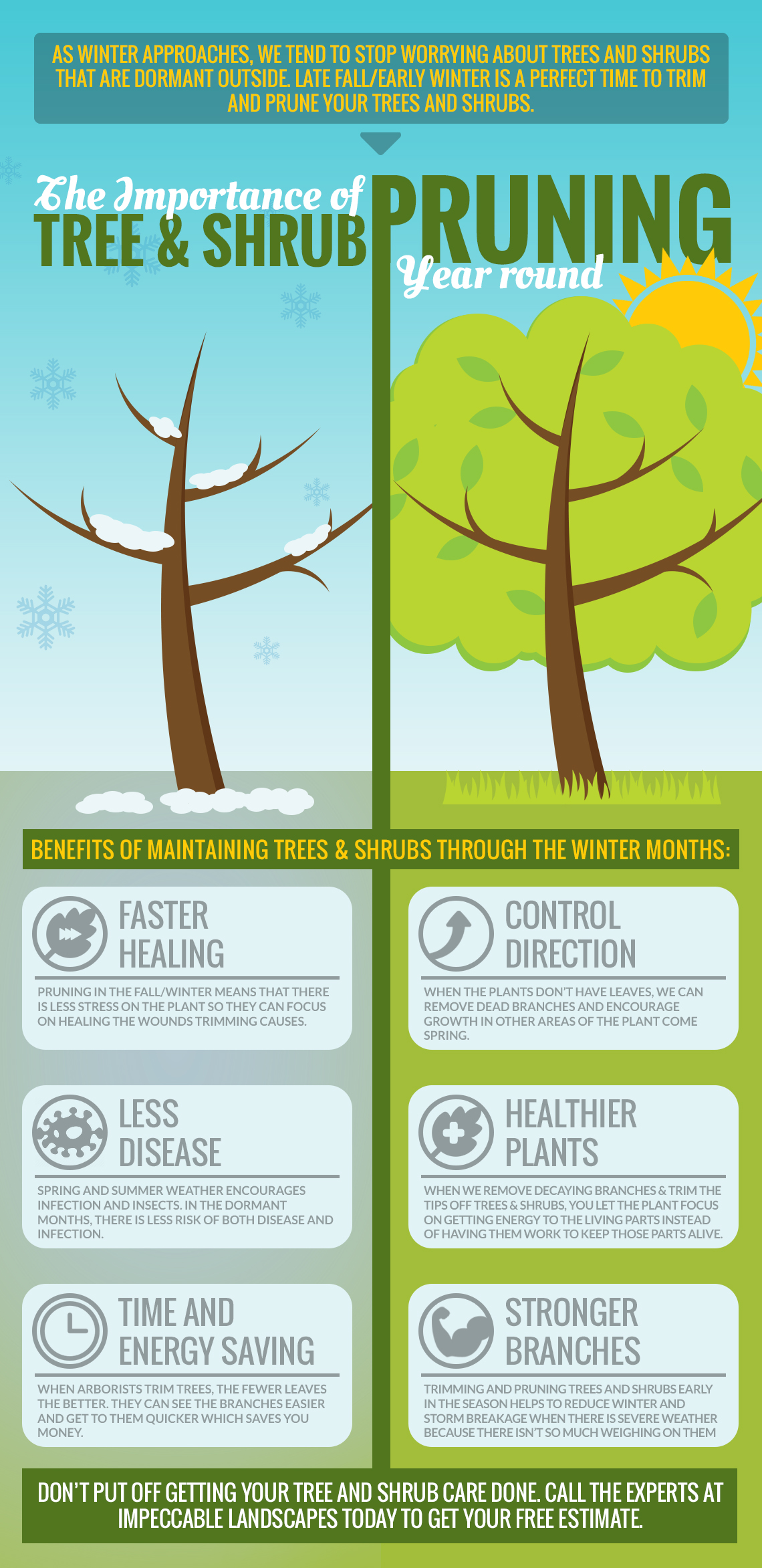Tree Care Throughout The Seasons: Best Practices For Handling Trees Before And Following Elimination
Tree Care Throughout The Seasons: Best Practices For Handling Trees Before And Following Elimination
Blog Article
Material Author-
When it involves seasonal tree care, ensuring appropriate monitoring prior to and after removal can dramatically affect the wellness and looks of your landscape. By recognizing the required steps involved in evaluating tree health and wellness and planning for removal, you can proactively safeguard your residential or commercial property. But what about the critical practices to adhere to once the tree is gone? Stay tuned to uncover the essential post-removal treatment procedures that will aid you cultivate a growing and sustainable atmosphere for your trees.
Pre-Removal Tree Care
Before attending to the removal of a tree, it's vital to prioritize pre-removal tree care. Beginning by analyzing the tree's health and architectural stability. Try to find signs of condition, bug infestations, or any kind of architectural concerns that may present a security risk throughout elimination. It's important to consult with a qualified arborist to figure out the very best course of action.
Trimming dead or infected branches can prevent more damages to the tree and ensure a smoother elimination process.
In addition, take into consideration the ecological impact of eliminating the tree. Trees play a vital function in our ecological community, so growing a brand-new tree in an appropriate place can assist offset any type of loss. Guarantee that you have the needed licenses and authorizations for tree removal, especially if the tree is protected by neighborhood regulations.
Seasonal Upkeep Tips
Evaluating your tree's demands throughout the year is imperative for its health and durability. To maintain your trees in top problem, adhere to these seasonal upkeep pointers.
In springtime, focus on trimming to get rid of dead or broken branches and encourage brand-new development.
https://jeffreyzpfwl.targetblogs.com/31728389/comprehensive-guide-to-tree-trimming-important-tips-for-a-lusher-landscape calls for routine watering, specifically during dry spells, to guarantee your tree remains hydrated.
As autumn strategies, keep an eye out for early signs of condition or stress, and take into consideration using compost to protect the roots during winter season.
In winter, be cautious when eliminating snow from branches to stop breakage, and continue to monitor your tree's total health and wellness.
Keep in mind to adjust your treatment routine based on the certain demands of your tree types and regional environment. By staying attentive and proactive throughout the periods, you can help your trees grow and prosper for several years to come.
Post-Removal Tree Treatment
To make certain the health of your landscape even after tree removal, proper post-removal care is necessary. After a tree is gotten rid of, it's vital to fill the staying opening with topsoil and compact it to prevent settling. This will aid keep the stability of the ground and avoid potential threats in the future.
Think about planting new plants instead of the removed tree to bring back the equilibrium and aesthetics of your landscape. Frequently water the area to promote the development of new plants and prevent soil erosion.
Check the surrounding trees for any type of signs of disease or tension that might have been triggered by the removed tree. Watch out for bugs that could've been attracted to the previous tree and take safety nets to safeguard the staying greenery.
If necessary, speak with a specialist arborist to assess the impact of the elimination on the bordering trees and establish any added treatment required. By complying with these post-removal care actions, you can ensure the ongoing health and wellness and charm of your landscape.
Final thought
Finally, positive seasonal tree treatment is crucial for maintaining the wellness and equilibrium of your landscape. By examining tree health, trimming, and talking to an arborist prior to removal, you can make certain a safe process. After click the up coming website page , filling up the hole, planting new greenery, and routine watering will promote new development and prevent disintegration. Bear in mind to check surrounding trees for disease and seek further care actions from an arborist to keep your landscape prospering.
